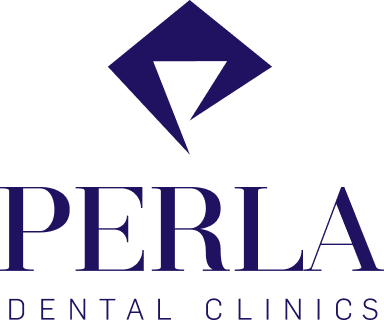Dental crown treatments are among the most common types of dentistry. They help improve the health of your teeth, as well as improving the cosmetic appearance of your smile. Putting a dental crown over a damaged tooth can also help preserve it for longer. This avoids the tooth having to be pulled out and fully replaced, at least for a while.
What is a Dental Crown?
A dental crown is an artificial hollow shell designed to look and feel like a natural tooth. It can also be called a cap. The dental crown or cap is custom-made and matched exactly to the patient’s natural tooth colour, shape and size. It fits snugly over a damaged tooth, or in a gap to protect the gum and damaged tooth underneath it. Dental crown treatments can also be designed to improve the overall look of your mouth and smile.
The type and number of dental crowns installed over one or more appointments with your dentist will depend on their location in the mouth. It will also depend on how severe the damage being treated turns out to be. Every patient is different and will have their own, unique medical history. So, you will need to discuss your individual needs with your dentist before proceeding with a dental crown. Different types of dental crown are available, as are other preventative, repair and cosmetic treatments.
How a Dental Crown can be used
Once made, the dental crown sits on top of the tooth, protecting it and helping it to stay in place. It is used to strengthen teeth after root canal work, or to cover a particularly large or deep cavity. A dental crown can help build up a tooth after erosion caused by grinding or other damage. It can reduce discomfort and pain at the same time, as it keeps the tooth still and protects the nerves.
Where there have been large or repeated cavities filled in a single tooth, a dental crown can cover what’s left of the surrounding enamel to help stop any further cavities forming. It can also hide bad staining to improve the look of your teeth as a cosmetic treatment. A dental crown can also be used to fix a dental bridge in place or to sit on top of one or more dental implants.
Types of Dental Crown
There are several different types of dental crown. Three of the most commonly used are metal, porcelain or porcelain bonded over a metal base. A metal dental crown is made from an alloy, usually gold or silver in colour. It’s considered one of the strongest types of dental crown and can withstand wear and tear for a long time. However, it is not as natural-looking next to your other teeth as porcelain alternatives. The choice of aesthetics is purely personal.
The fully porcelain dental crown option looks more natural than metal and allows light to pass through it in the same way as natural teeth do. Porcelain is a strong and cosmetically pleasing material. This makes it a good choice for any front or highly visible teeth needing a dental crown. A porcelain bonded over metal dental crown offers the best of both worlds – strength from the metal and a natural appearance. There are also white zirconium options available for a dental crown. These particularly suit people with allergies or sensitivities. This is because the metal is both hypoallergenic and non-reactive.
What happens during a dental crown appointment?
After initial discussions and examinations, your dentist will let you know what your options are and their recommended course of treatment. If you decide to go for a dental crown, measurements will be taken to create the most precise fit. The dentist will prepare your tooth to receive the dental crown, most likely under local anaesthesia. A temporary crown may be fitted while the permanent one is made.
Then, you will return to have the permanent dental crown installed. This will be thoroughly checked to make sure it is a perfect fit. Once it is cemented in place, it will not be easy to remove it again. So, you must ensure you are satisfied with the results before giving the go-ahead. Your dentist will keep in touch afterwards to make sure that there are no post-procedure complications. You can normally take over-the-counter medication to manage any pain or discomfort. However, if the pain becomes acute, or takes a long time to go away, you should return to your dentist for further assistance.


